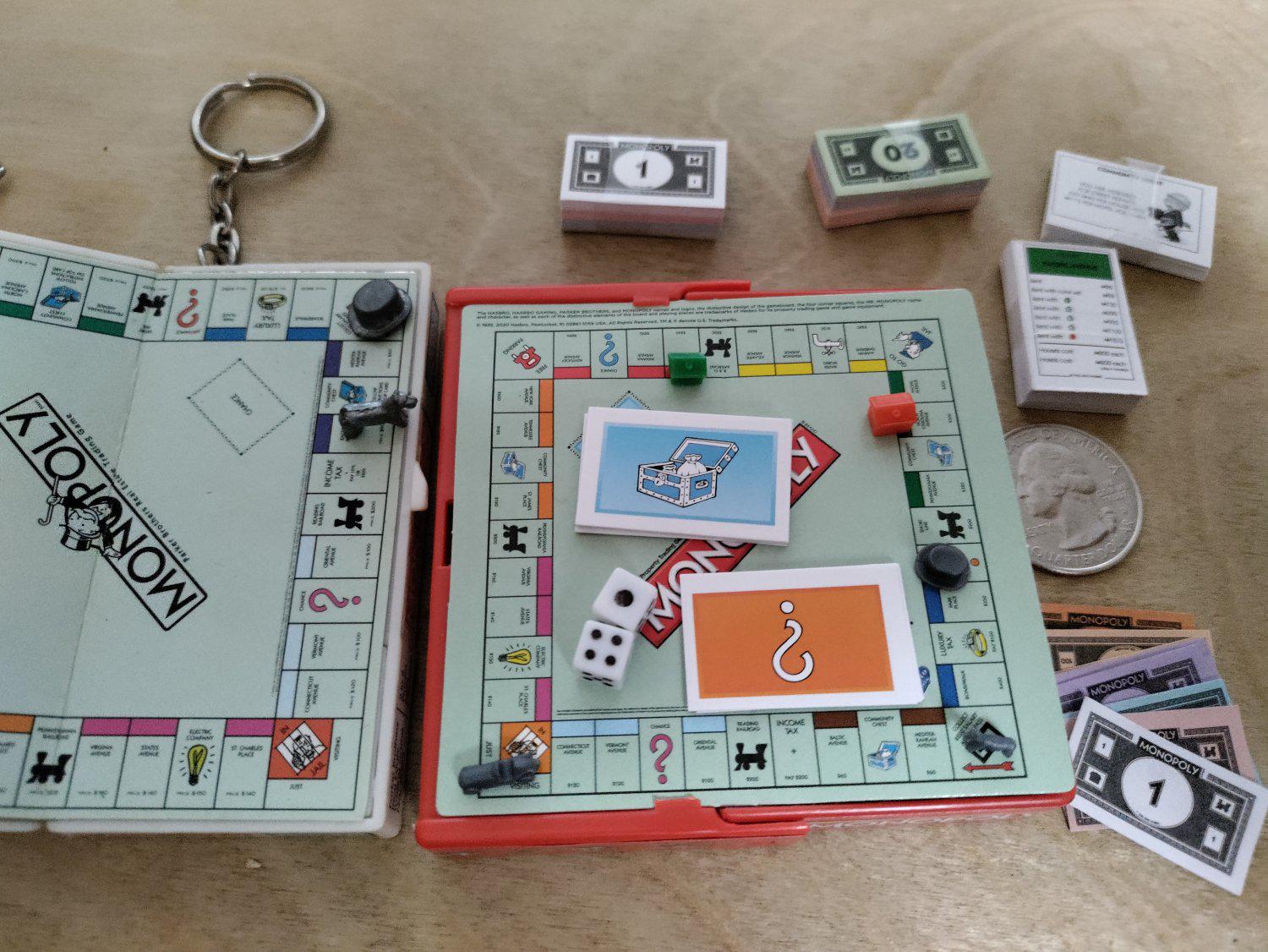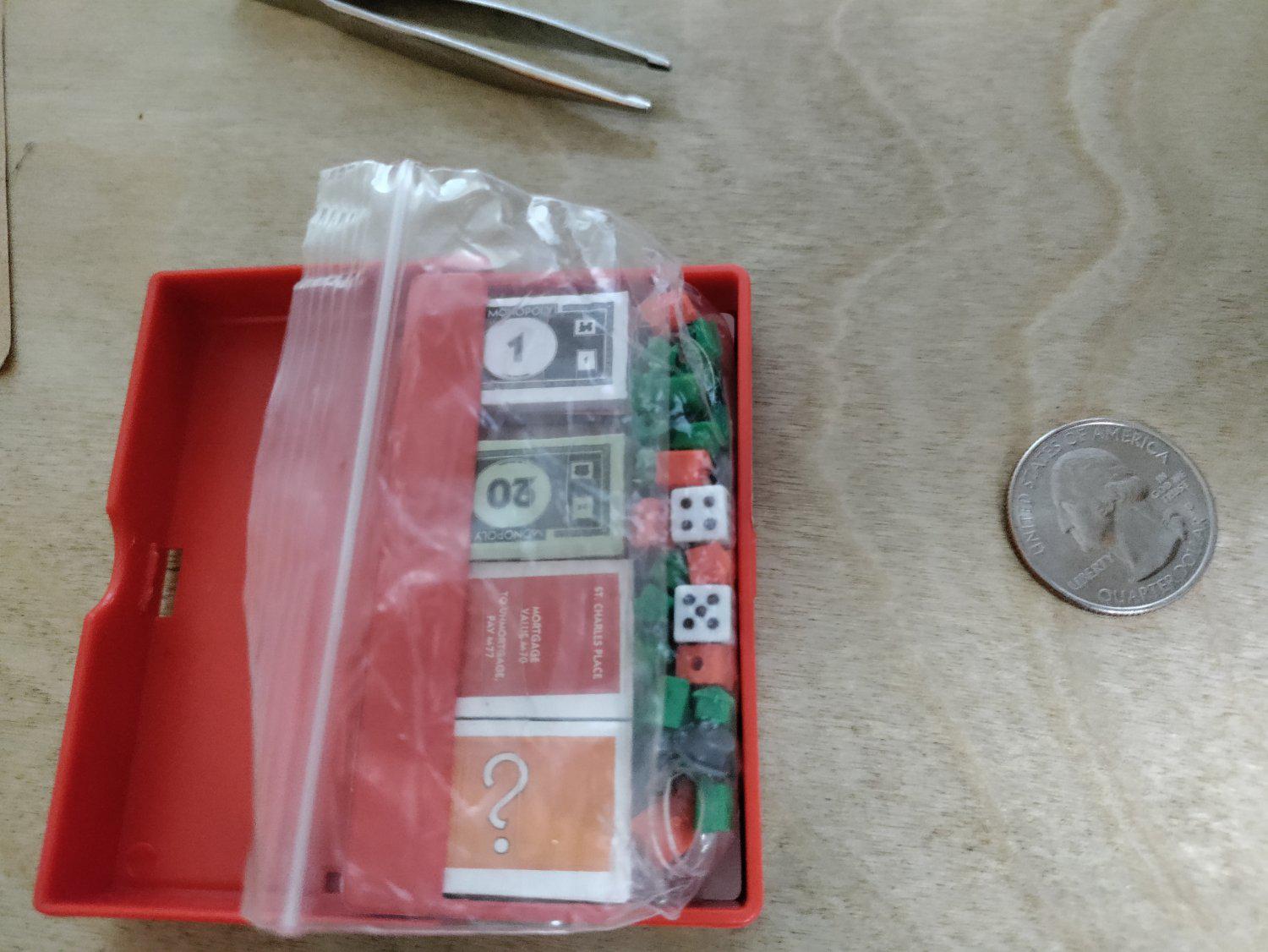SF Film Festival 2024
The San Francisco Film festival gets smaller every year. It's now down to five days, plus a few more "encore" days. I watched four of the films in this year's line up, one documentary and three fictional.
Porcelain War
Janet Planet
Dìdi
Thelma
Porcelain War is a is a much more hopeful film about the war in Ukraine than the recent Oscar winning 20 Days in Mariupol, and possibly the most beautiful film you can imagine being made inside a country at war about the people trying to keep on with their lives there. After the film, both co-directors Brendan Bellomo and Slava Leontyev, plus cinematographer Andrey Stefanov (and little dog Frodo[*]), were there to talk about how the production was done. Bellomo had previously met these people and was planning a film about their art before war broke out. Then they changed the subject matter. Because of the deep involvement in the war by two artists, and the working relationship with a third artist, this is a lovely film about art in wartime with some slightly awkward cuts to artists waging war.
Four out of four bombs dropped by a whimsically painted DJI drone.
[*] No questions were directed to Frodo and he did not speak on his own.
Janet Planet is a film about an 11-year-old girl one summer in 1991. Her mom is divorced and has a series of relationships that constitute the major chapters of the film. It's from A24 and a first time movie director and follows in the footsteps of A24 giving a chance to first time directors to tell stories of girls (eg, Greta Gerwig's _Lady Bird_). This would fail a gender reversed Bechdel Test, if that sort of thing bothers you. What bothered me about the film was just how slow it is. At one point, near a major plot event, we see some blintzs get put in a microwave and cooked for 30 seconds. The camera just stays there immobile watching the food cook. I can see the message there: 1991, home alone in the woods, no friends, no video games, no cellphone, no cable TV: life is slow and you watch your food cook. It's not an thing kids today (and there were a lot of under 30s in the audience) really know. But it is a little tedious. Afterwards, over the next few days, I did find myself thinking a lot about the film, but boy was it slow to watch.
Two out of four frozen blintzes.
Dìdi makes an interesting contrast to Janet Planet. This is about a boy one spring and summer in 2008, at the end of 8th grade up to the first few days in high school, in Freemont, California. His dad works in Taiwan, and he lives with mother, his paternal grandmother (Nai Nai), and his older sister, about to head off to dental school. The boy goes by different names with different people, "Dìdi" ("younger brother") to his family, "Wang Wang" to some of his friends, "Chris" to others. He is trying hard to fit in and become more popular, definitely falling into the tag along friend in his social groups, and having some rough times getting along with his family. And so the movie follows his failings and growth at that time when socialization was in person, on Myspace, on Facebook, on Youtube, and on text messages by flip phone.
Three out of four hasty Google searches.
Thelma is a delightful film that manages to deftly juggle the concerns of seniors (Thelma is 93 and played by a 94 year old actress) and a loving hommage to Mission: Impossible. It starts with Thelma discussing Tom Cruise doing all his own stunts while they watch a clip from MI Fallout, which is meta-relevant in that June Squibb (long a supporting actress, now in her first starring role) did "many" of her stunts for Thelma. "Stunts" in the Hollywood union rules sense of stunts, at least, and not really challenging for the able-bodied. The story concerns a common scam that targets seniors, and Thelma's quest to recover her lost money after falling for it.
Three out of four hearing aids.
Links for other movies mentioned:
20 Days in Mariupol
Lady Bird
Mission: Impossible - Fallout
 qz thoughts
qz thoughts
